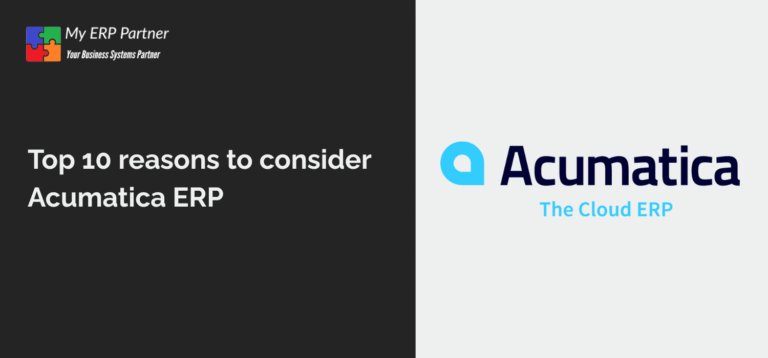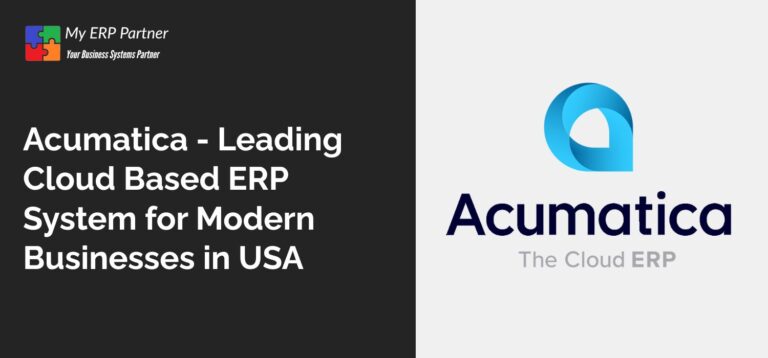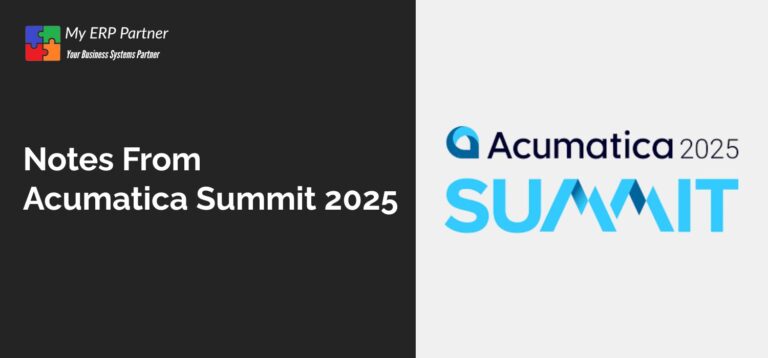Acumatica Cost
The total cost of ownership for Acumatica depends on a few factors such as your organization size, type of edition you need to use, how the application will be hosted and supported, what additional solutions your organization needs to ensure that the solution is correct and addresses business needs. and finally what are the migration costs. So, the costs are grouped into one-time and recurring costs. The most important attribute to remember is that pricing is based on consumption rather than user counts or licenses. This allows organizations to move away from fixed license based costs to usage based costs.
Industry Edition
Acumatica modules are packaged together based on editions. While individual modules can be added, they are typically grouped based on the type of industry being serviced. Below are is the list of editions available:
- Construction
- Distribution
- Manufacturing
- Professional Services
- Retail
- Services
- Business Essentials
Each addition is designed to include all modules necessary to allow optimal functioning of a customer working in the specific type of industry.
Hosting Option
Acumatica licenses are available with three options:
- Private Cloud Subscription
- Private Cloud Perpetual
- Software As Service
The first two options are designed for customers who are capable of hosting the application in their private cloud or with a partner. Additionally, the subscription vs perpetual option is designed to allow control on what upgrades are available to customers. The last option (Software As A Service or SaaS) is designed so Acumatica resources are used to host and upgrade the application thereby freeing up important resources ore eliminate the need to have highly technical and adept staff to manage the system.
Organization Size
Organization size or the amount of transactions an organization can utilize allow Acumatica to host customer’s ERP application on the correct sized infrastructure. Ensuring enough hardware and computing resources are available to meet customer needs.
Add-Ons
Add-Ons or integrated solutions are highly specific solutions designed to address sub-industry specific business needs. A good example of such a solution would be a point of sale solution that can work with front of the store operation. Such solutions are provided by the rich and varied eco-system of vendors that have developed their solutions on the Acumatica platform. This tends to be the final step in identifying all the features and capabilities of an ERP system that will meet customer needs.
Implementation Costs
Implementation costs are specific costs that a customer incurs when migrating away from an existing system. This typically includes assessment, customization, integration and implementation costs. These are typically one-time costs and do not recur.
Acumatica Advantage
One of the biggest challenges for existing ERP customers is the need to identify and pay for user based licenses and pay for infrastructure that may not be utilized. Historically, customers have paid license costs upfront for all users no matter how extensively those licenses are used. This leaves room for a lot of wasted dollars. Acumatica licensing is designed based on consumption rather than individual licenses. This allows customers to allow all their internal users to use the system thereby ensuring effective usage of the system in all business processes.
The consumption based licensing model allows customers to have a fully implemented and utilized system rather than have business processes reside outside of the system leading to better data, control and visibility into business operations. This difference in licensing model leads to better adoption and better operations.
Want to see a demo?
We have pre-recorded demos or can schedule a discovery call to understand your unique business needs to demo the system addressing your specific needs. See our prerecorded Acumatica Demos here or fill out the form below. You can also Call Us
Read Our Latest Blog & News
Stay updated with expert insights, ERP trends, and digital transformation tips. Explore our latest blogs for strategies, success stories, and best practices to boost efficiency and maximize the potential of your ERP system.




